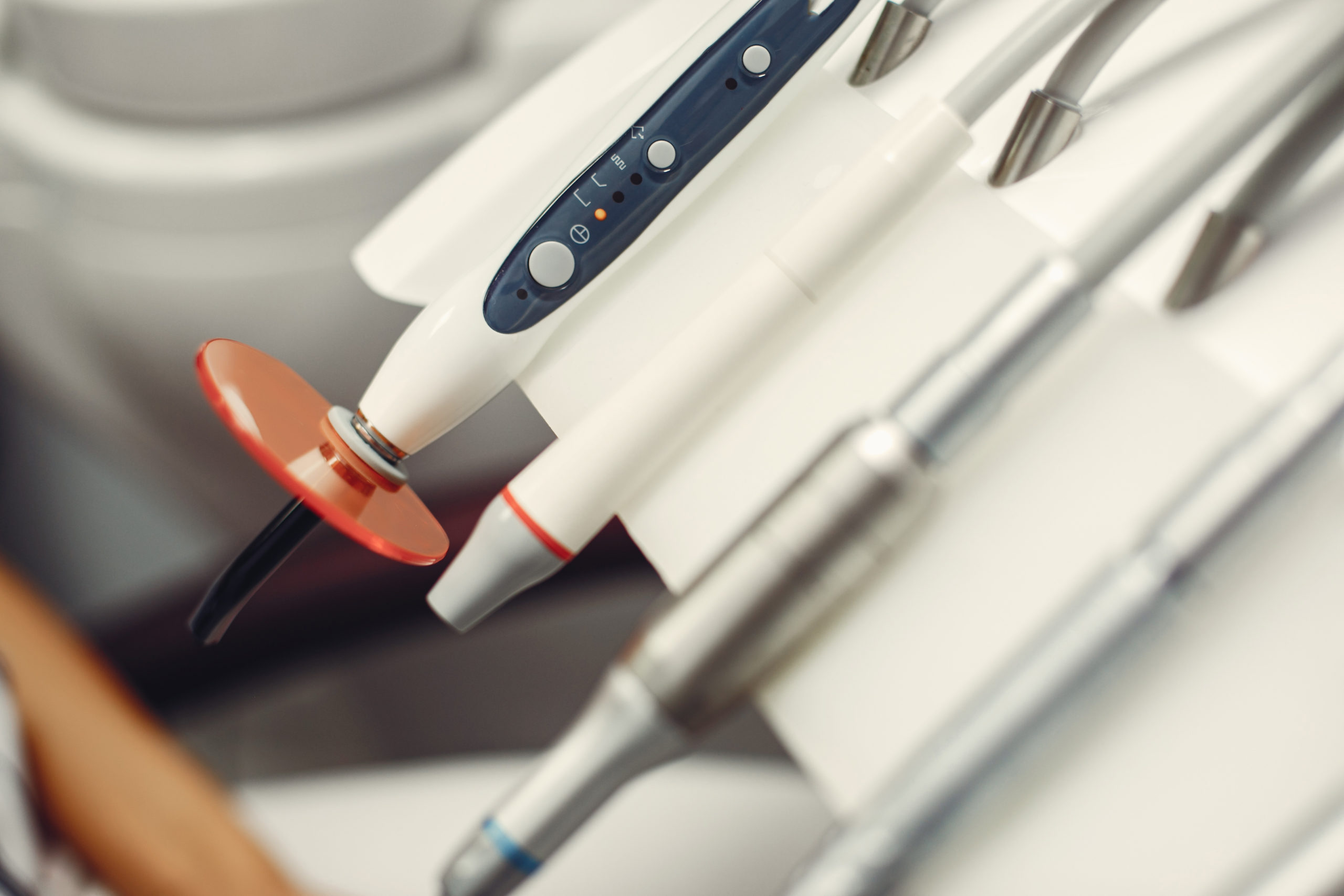
In today’s world, the healthcare industry is rapidly evolving, driven by the demand for precision, efficiency, and patient safety. At the heart of this transformation lies high-quality medical equipment, which plays a crucial role in diagnostics, treatment, and rehabilitation. Tools like neurological robots, epilepsy helmets, and other cutting-edge devices are setting new standards for healthcare services. This comprehensive guide explores the latest advancements in medical equipment solutions and their impact on healthcare outcomes.
The Importance of High-Quality Medical Equipment
Medical equipment is the backbone of healthcare delivery. From routine procedures to complex surgeries, quality devices ensure:
- Accurate Diagnosis: Advanced tools enable healthcare professionals to detect issues with greater precision.
- Improved Patient Outcomes: Reliable equipment reduces risks during treatment and ensures better recovery rates.
- Enhanced Efficiency: Modern devices streamline operations, saving time and resources.
- Patient Safety: Tools like epilepsy helmets minimize risks for vulnerable patients.
As the industry continues to innovate, investing in the best equipment has become paramount for healthcare providers.
Innovative Neurological Devices: Changing the Game
1. Neurological Robots
Neurological robots are among the most groundbreaking advancements in medical technology. They assist in performing intricate brain surgeries with unmatched precision, thanks to their advanced imaging and mapping capabilities.
Key Benefits:
- Minimized Errors: Robotic systems ensure accurate procedures by eliminating human error.
- Faster Recovery: Precision techniques lead to less tissue damage, speeding up recovery.
- Enhanced Capabilities: Surgeons can perform complex procedures with ease, improving patient outcomes.
These innovative neurological medical devices are transforming neurology by offering safer and more effective treatments.
2. Modern Epilepsy Helmets
For individuals with epilepsy, seizures pose significant risks of injury. Epilepsy helmets are designed to offer protection without compromising comfort.
Features:
- Shock Absorption: High-quality materials shield the head from impact.
- Lightweight Design: Ensures comfort during daily wear.
- Custom Fit: Tailored to meet individual needs for maximum protection.
These modern epilepsy protection solutions are essential for improving the quality of life for epilepsy patients.
Robotic Healthcare Solutions: The Future of Medicine
Robotic technologies are not limited to neurology. They are making waves across various medical fields, offering unparalleled precision and efficiency.
Applications:
- Surgical Assistance: Robots enable minimally invasive procedures with higher accuracy.
- Rehabilitation: Robotic exoskeletons support patient mobility and recovery.
- Diagnostics: Automated systems analyze data for early detection of health issues.
By integrating robotics, healthcare facilities can provide advanced care tailored to individual needs.
Comprehensive Medical Equipment Services
Acquiring medical equipment involves more than just purchasing tools. Comprehensive services ensure seamless integration into healthcare settings.
Key Services:
- Consultation and Planning: Assessing needs and recommending suitable equipment.
- Installation: Ensuring devices are set up for optimal performance.
- Training: Educating staff on proper usage and maintenance.
- Maintenance and Repairs: Providing ongoing support to extend the lifespan of equipment.
These services are vital for maximizing the benefits of medical equipment solutions and minimizing downtime.
Breakthrough Medical Technology Devices
The development of breakthrough medical technology devices has revolutionized how healthcare providers address patient needs.
Examples:
- Portable Imaging Devices: Allowing diagnostics in remote locations.
- Wearable Monitors: Tracking patient health in real time.
- AI-Driven Tools: Enhancing diagnostics and decision-making.
These innovations reflect the industry’s commitment to improving accessibility, accuracy, and affordability.
Sustainable Solutions in Medical Equipment
As healthcare facilities strive for efficiency, sustainability is becoming a top priority. Modern medical equipment focuses on:
- Energy Efficiency: Reducing operational costs and environmental impact.
- Durable Materials: Ensuring longevity and minimizing waste.
- Recyclable Components: Supporting eco-friendly disposal practices.
These sustainable practices align with global efforts to promote environmental responsibility in healthcare.
Choosing the Right Medical Equipment
When investing in medical equipment, healthcare providers must consider several factors:
- Quality Standards: Look for certifications that guarantee safety and effectiveness.
- Reliability: Opt for devices from reputable manufacturers.
- Customizability: Choose equipment tailored to your specific needs.
- Support Services: Ensure the provider offers robust after-sales support.
By focusing on these aspects, providers can ensure optimal performance and patient satisfaction.
Future Trends in Medical Equipment
The healthcare industry continues to evolve, with several trends shaping the future of medical equipment:
- AI Integration: Artificial intelligence will play a bigger role in diagnostics and treatment planning.
- Wearable Technology: Devices that monitor health metrics in real time will become more sophisticated.
- Remote Monitoring: Telemedicine and connected devices will enhance patient care outside traditional settings.
- 3D Printing: Customizable medical tools and implants will become more accessible.
These advancements will further elevate the standards of medical equipment solutions and transform patient care.
Conclusion
The world of healthcare is undergoing a revolution, thanks to high-quality medical equipment like neurological robots, epilepsy helmets, and other cutting-edge devices. These tools are not just improving diagnostics and treatments but also redefining patient experiences.
Investing in medical equipment solutions ensures healthcare providers can meet the growing demands of modern medicine. With comprehensive services, sustainable practices, and innovative technologies, the future of healthcare looks brighter than ever.
Explore the latest advancements today to stay ahead in delivering exceptional patient care.
FAQ
Q1: What is high-quality medical equipment?
High-quality medical equipment refers to devices and tools that meet rigorous standards for safety, reliability, and performance, ensuring effective diagnostics and treatments.
Q2: Why is investing in advanced medical equipment important?
Advanced medical equipment improves diagnostic accuracy, enhances treatment efficiency, ensures patient safety, and ultimately leads to better healthcare outcomes.
Q3: What are neurological robots, and how do they work?
Neurological robots are advanced devices used in brain surgeries and treatments. They utilize imaging and mapping technologies to perform precise and minimally invasive procedures.
Q4: How do epilepsy helmets benefit patients?
Epilepsy helmets are designed to protect individuals from head injuries during seizures. They are lightweight, comfortable, and customized for the wearer’s needs.
Q5: What are some examples of breakthrough medical technology devices?
Examples include portable imaging devices, wearable health monitors, AI-powered diagnostic tools, and robotic surgical systems.
